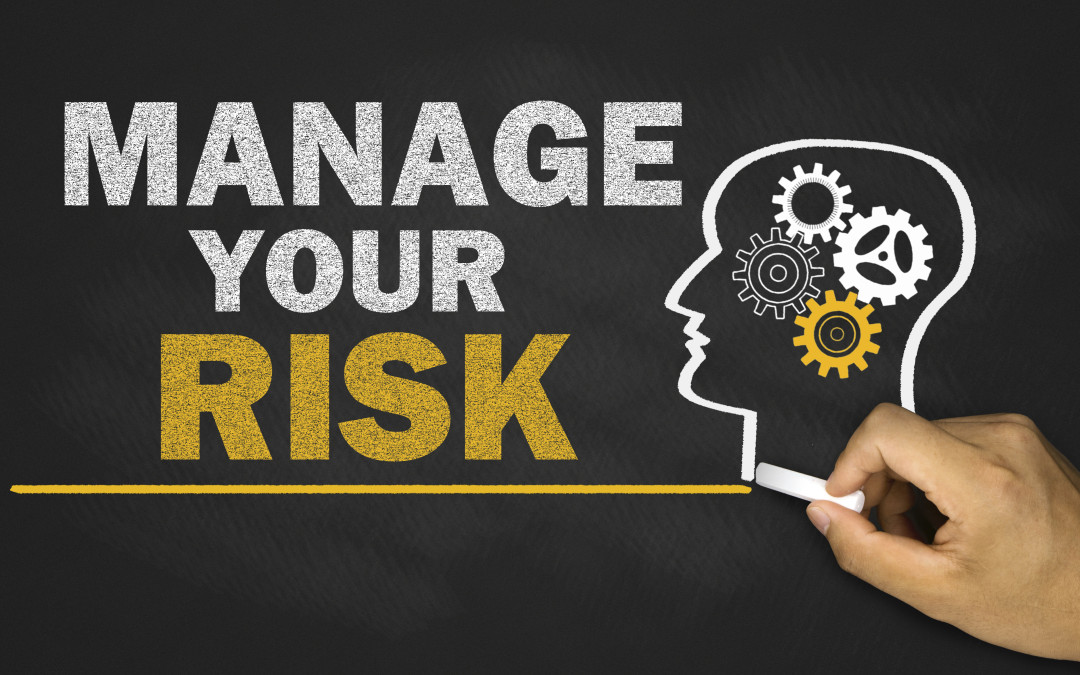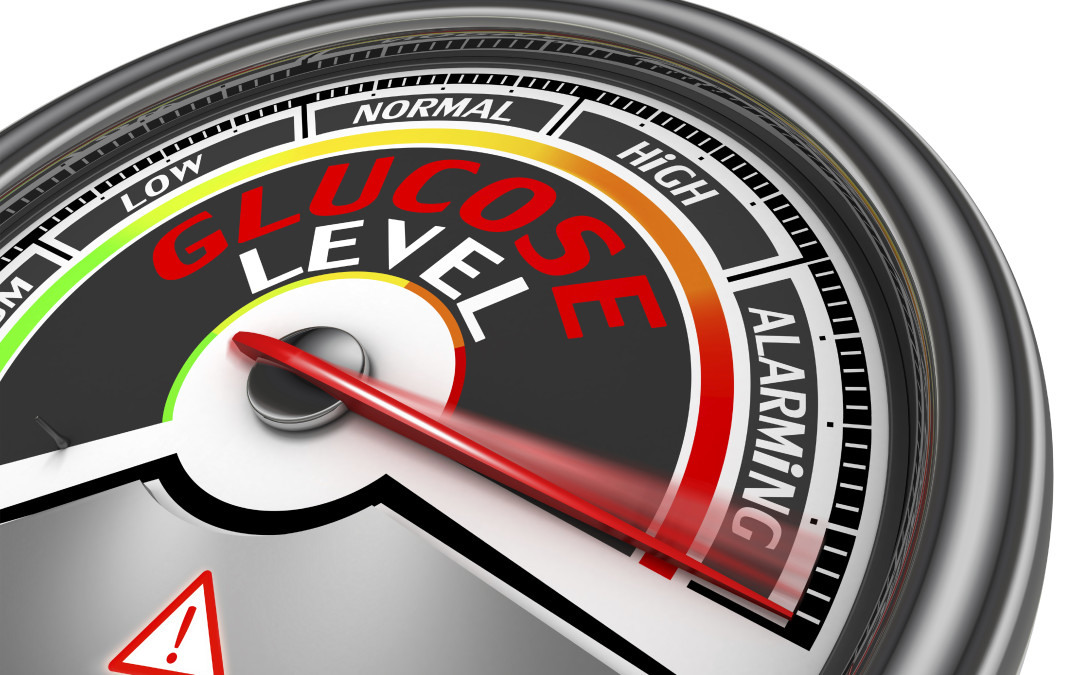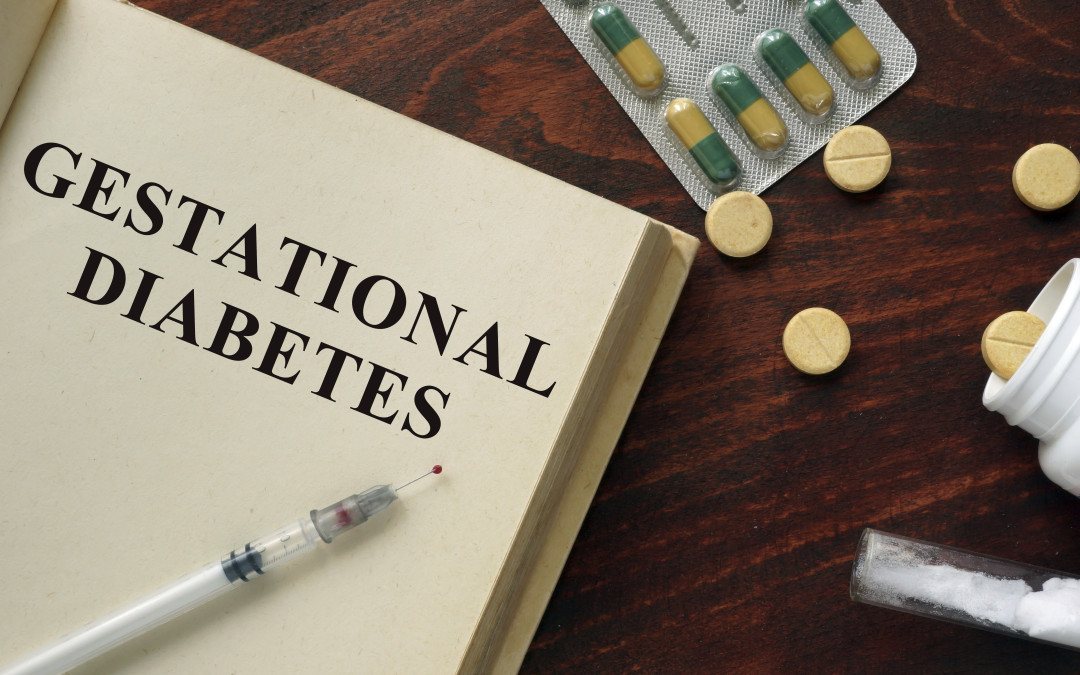
by Maureen Seel, RDN/LDN CDCES
There are three ways of diagnosing prediabetes:People who have high blood glucose after not eating for at least 8 hours have “impaired fasting glucose.”After fasting for 8 hours, a healthy person’s blood glucose levels are usually less than 100 mg/dl. A person with...

by Maureen Seel, RDN/LDN CDCES
Without insulin treatment, persons with type 1 diabetes can’t produce any insulin on their own and the body is unable to process carbohydrates from food. Glucose in the blood quickly rises dangerously high. In less than 24 hours, the blood can accumulate...

by Maureen Seel, RDN/LDN CDCES
During pregnancy, diabetes impacts the health of the mother and baby in many ways. Pregnant women with poorly controlled diabetes are at higher risk for miscarriage, stillbirth, premature birth, larger than average babies, and birth defects. Fortunately,...

by Maureen Seel, RDN/LDN CDCES
Severely uncontrolled type 2 diabetes, usually over a relatively short period of time, can lead to a dangerous rise in blood glucose known as hyperosmolar hyperglycemic state, or HHS. This condition—and the enormous dehydration that accompanies it—occurs most often in...

by Maureen Seel, RDN/LDN CDCES
Every year, 1 in 10 expectant mothers develop “gestational” diabetes, a disease that appears specifically for the first time during pregnancy. Though the condition usually resolves after the baby is born, women who develop gestational diabetes are at increased risk of...





